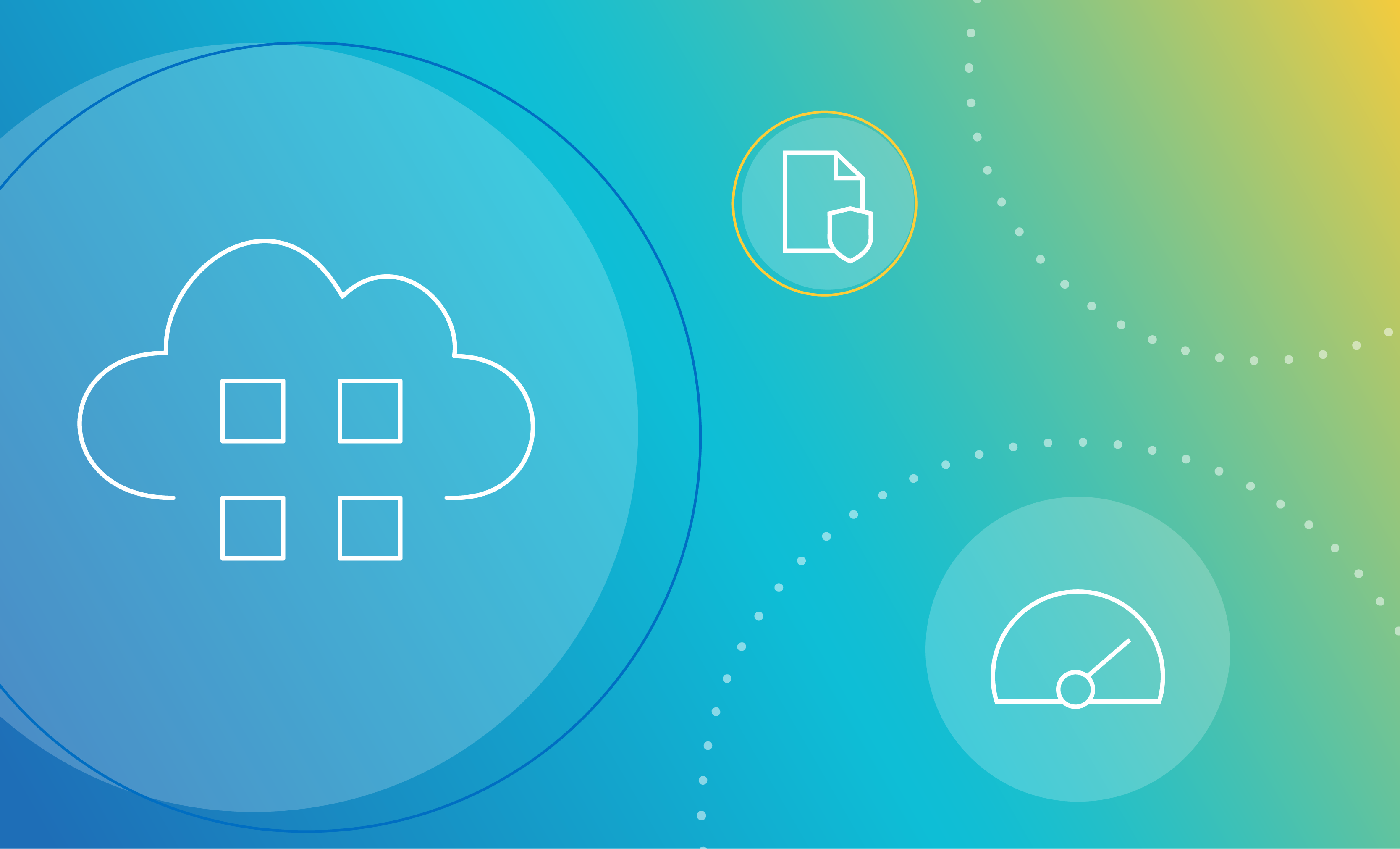Migrating to the cloud? You’re not alone. We live in the era of the cloud.
Industry research makes it clear. Nearly 5 out of 10 senior IT managers have a cloud-first policy for deploying new applications, according to a recent TechTarget survey. More than 9 out of 10 have either a cloud-first or a hybrid cloud policy (1). And more than 85% of organizations will embrace cloud-first as a principle by 2025, according to Gartner (2).
Migrating to the cloud offers a range of compelling benefits, including:
- Avoiding costly upfront hardware investments
- Saving with pay-as-you-go plans that minimize ongoing costs
- Scaling resources up and down as needed
- Getting seamless connectivity between data sources
- Supporting corporate Environmental, Social, and Governance (ESG) initiatives
It’s also a great opportunity to increase your data intelligence – and drive better business outcomes. 3X better on average, according to IDC research (3).
However, high expectations can often lead to frustration and worse. In competitive markets, migrating your data to the cloud often fails to achieve the expected ROI. But why? Often, there are four distinct challenges:
- Your migration strategy does not align with business objectives
- Your migration control processes are broken or non-existent
- You have data swamps from one-time, lift-and-shift migrations
- Your migration plan lacks ownership and transparency
You can overcome these common obstacles and accelerate your move with an enterprise data intelligence platform that puts data at the heart of your cloud migration.
But you’ll want to make sure you’re ready to make the move.
Already prepared to make your data cloud migration? Take the next step. Get our ebook: ‘Four steps to successfully power your data cloud migration with data intelligence’.
The four questions you must ask yourself
As you learn more about how enterprise data intelligence can power your data cloud migration, you’ll want to make sure you have a strong foundation for migration success. Be sure to ask yourself these important questions before you get started:
- Do I have organizational buy-in across all potential stakeholders within the business?
- Have I engaged business stakeholders to align priority use cases with business objectives?
- Is there a data migration plan that prioritizes high-value, high-usage data aligned with those priority use cases?
- Is there a change management strategy to drive adoption and accelerate time-to-value for our cloud investment?
1.Get organizational buy-in
Experts seem unanimous in the opinion that the most important element of moving to the cloud is not technology, but rather getting everyone on the same page and enthusiastically adopting the new platform. Your strategy should be focused on education and solid communications, not directives or a “need to know only” approach in which only a few top executives see the big picture.
IT must “evangelize the merits of cloud to business leaders to help them develop and extract business benefits that will yield a competitive edge and greater profitability.”
– Elias Khnaser, VP Analyst, Gartner
2. Align priority use cases with business objectives
Getting organizational buy-in starts the conversation. The rubber meets the road when you start to map your key business objectives against your data migration use cases.
This step is about alignment. So how do you engage business stakeholders to align priority use cases with business objectives?
- List the stakeholders and key consumers for each use case.
- Outline the benefits of your use case to your data consumers in terms of key business outcomes. For example, it could be faster data discovery or automated compliance checks.
- Share this information to gain stakeholder approval and buy-in so you can proceed with prioritizing use cases.
3. Build a migration plan that prioritizes high-value, high-usage data
Not all data is created equal. Some datasets have more value — business value, organizational value, analytical value — and some are more useful to more people. By prioritizing the migration of high-value, high-usage data, you’ll ensure that your most critical data is available in your new environment. The goal is to minimize disruption and accelerate time-to-value.
Start with setting expectations
Effective planning can significantly enhance the efficiency of your data migration. Your key consideration should be setting clear expectations around:
- Ownership
- Goals and objectives
- Realistic timelines
Choosing the right use cases
If you’ve started preparing for your migration, and are building a plan and getting buy-in, you may find you have a lot of use cases. But which ones should you prioritize?
Identifying and prioritizing the use cases you want to include in your cloud data migration can be messy. It’s essential, however, to get a clear understanding of your scope, costs and timing.
You can get clarity by asking yourself the following set of questions about your stakeholders, data sources, capabilities and data policies:
- Stakeholders
- Who are your data owners?
- Who needs to validate and certify your data?
- Who will benefit from the use case?
- How will this benefit be measured in terms of business outcomes?
- Data sources
- Where does the data reside?
- Will the data or source be archived, retired, replaced or decommissioned soon?
- Capabilities
- Do you need to ingest data from multiple sources?
- Do you need to build shared context?
- Do you need to automate workflows?
- Data policies
- Do you anticipate risk or compliance concerns?
- Do you have regulatory scenarios to consider?
- Do you store PII or other sensitive data?
4. Create a change management strategy
Transitioning to the cloud isn’t merely a technical project. To be successful, it requires an organizational shift in process, culture and mindset. A change management strategy ensures that the transition is smooth and stakeholders are prepared and supportive.
Addressing the human element
A robust change management strategy goes beyond the technical aspects of the migration. It helps ensure that the human and process elements of your migration are addressed and should include:
- Stakeholder involvement
- Training
- Internal communications
- Monitoring
- Addressing cultural adjustments
Harnessing the power of enterprise data intelligence for your data cloud migration
Migrating to the cloud is a complex endeavor. And for most organizations, it’s an ongoing process. Your organization will continue to add applications where data may need to be migrated. And you’ll want to pursue an ongoing assessment of your data management process, ensuring data quality and much more. But laying a foundation for data cloud migration will be critical to enabling the successful evolution of your cloud strategy.
An enterprise data intelligence solution like Collibra can power your data cloud migration and provide the foundation for effective long-term data management.
Ultimately, effective data intelligence creates the conditions for better decision-making across the enterprise – and better business results.
An enterprise data intelligence solution like Collibra can help accelerate your move.
Ready to see how data intelligence can help your data cloud migration? Get our helpful ebook: ‘Four steps to successfully power your data cloud migration with data intelligence’ now.
_____




